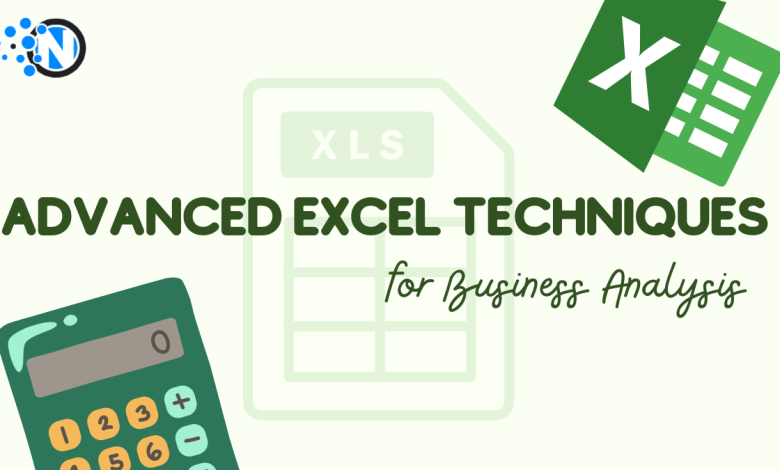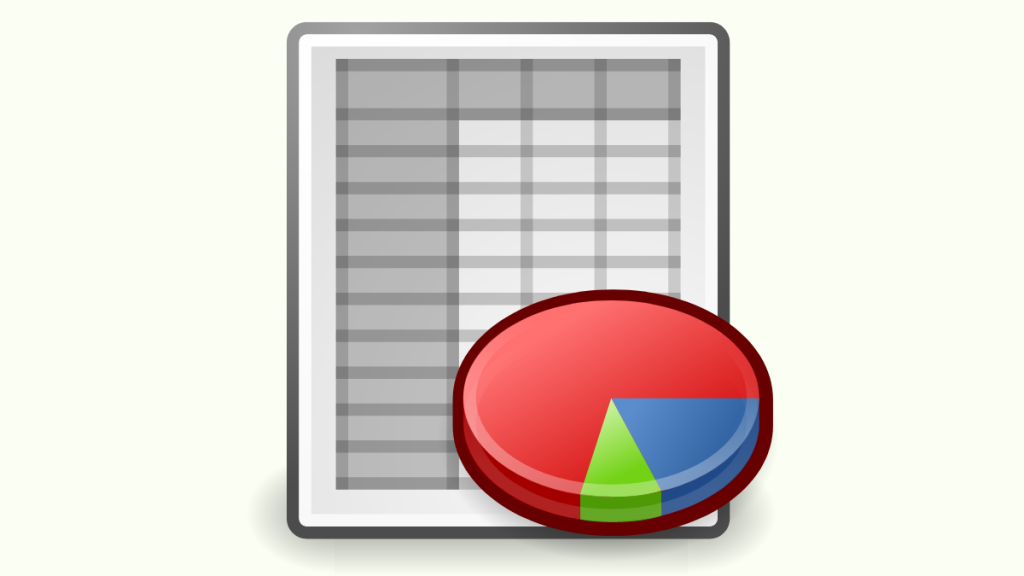Advanced Excel Techniques for Business Analysis

Business analysts are crucial to the growth of businesses. They serve as the bridge connecting business ideas and capabilities. Their goal is to determine and consider the future of businesses by enhancing business processes and transactions.
Business analysts need to use advanced Excel techniques for business analysis. Business analysis is important for businesses to determine and facilitate possible changes to improve the company.
Business analysis templates are helpful for business analysts who don’t have to create one from scratch and can focus more on data analysis. This article focuses on the advanced Excel techniques or skills that analysts must possess to succeed in their careers.
Data Analysis and Spreadsheets
A business analyst handles business data and processes, focusing on industry knowledge, software, and programming languages. They serve as intermediaries between stakeholders and technology used to achieve business goals.
Business analysts can analyze data and communicate the findings, which the management can use to plan strategies to improve business operations efficiently. Their insights and recommendations are highly valued, for these are integral in decision-making to provide better products and services to customers.
It is a must for business analysts to have advanced Excel skills, especially when dealing with several systems with data insights.
Microsoft Excel Functions and Business Analytics
Business analysts can succeed in their careers by honing their business analytics skills. With the rapidly increasing data coming into your business daily, it is a must to have a platform that can manage and store business data. Using MS Excel for business, you can organize data, draw insights from data, and be efficient and business-oriented.
Below are some of the more advanced techniques or skills a business analyst must possess.
1- Leveraging Pivot Tables
Several business analysts are unaware of how beneficial pivot tables are in data analysis. Many of them still need to explore the function and maximize their use.
Business analysts must learn how to make a pivot table. A pivot table can analyze and summarize data interactively to show trends for data visualization. Learning how to use pivot tables is easy. They will keep using this functionality once they understand how it works.
2- Using Data Validation
Using irrelevant data can cause messy and unreliable reports. A business analyst should know how to do proper research. Hence, it is a must that all analysts organize data and use relevant and accurate data. This is an important skill analysts should possess, along with the ability to manage data.
3- Discover Data Patterns
Analysts commonly use Excel spreadsheets in the workplace. Data collected are product sales, insurance claims, income and expenditures, website traffic, etc. Data collection is an integral part of the process, which is then encoded in your spreadsheets.
Analyzing data is an important task for analysts to discover data patterns necessary for company decision-making and planning strategies. They are tasked to transform raw data into meaningful information that can benefit the company.
4- Using Data Visualization
It is the role of business analysts, especially those in the field of Business Intelligence, to inform stakeholders about the results of their analysis. Data can be best presented using data visualization.
Through data visualization, you can spot trends and patterns, which are valuable insights for stakeholders. Excel helps prepare data for visualization using different tools such as charts and graphs.
It is an important skill for analysts to understand the different uses of the various graphs and charts to prepare data for data visualization.

5- Understanding Excel Functions
Business analysts need to be familiar with most of the Excel functions. Being familiar with these functions helps them choose the most appropriate for analyzing data, given that analysts handle several types of data daily.
Data analysts manage different data types that require statistical distribution functions and financial mathematics. High data quality is expected from analysts to avoid duplicate and substandard taxonomies.
6- Understanding Why IF Formulas
Business analysts need to be able to organize and filter data efficiently. That is possible using the IF function. With the IF function, they can filter data based on particular criteria. This function can easily find granular data in the spreadsheet for analysis.
For instance, the IF Function can be used for organizing competitors. They can be organized into three: (1) social media competitors, (2) competitors based on geographic location, and (3) competitors based on annual revenue.
7- Using VLOOKUP Function
There are several advanced Excel functions and VLOOKUP is one of them. Being able to use VLOOKUP is a must-have skill for all business analysts.
This function helps analysts look for values in a table and retrieve data entries from a given column. The VLOOKUP function saves time and helps streamline your work.
8- Teaching Others About the Use of Excel
Aside from knowing how to use advanced Excel skills, having a business analyst in your company who can teach others how to use Excel functions to make work more efficient is advantageous.
Also, analysts are expected to create spreadsheet templates or systems that are sustainable and low maintenance for the company will use these templates and systems for several years.
9- Documenting Spreadsheet Systems
As mentioned, systems created by analysts should be sustainable. Aside from this, the systems should also be very useful and independent. The systems should be independent of whether the analyst leaves the company. The system remains and is still usable by the next hired analyst.
To be sustainable, useful, and independent, spreadsheet systems should undergo concise and complete documentation. Documentation can be in the form of a PDF file or a video recording of the process.
10- Integrating Excel With Other Software
Excel used to be a standalone program, only accessible on a desktop computer. Now, it is integrated with other programs for enhanced functionality. Extracts from external systems are converted into spreadsheet templates useful for business analytics. Setting up data imports also improves spreadsheet functionality.
Conclusion
Business analysts are important for your business. They are responsible for analyzing your company’s business data and determining the best strategies for the growth of the business.
Business analysts must exhibit advanced Excel skills for accurate data analysis to succeed. Some advanced Excel skills analysts need to know are creating pivot tables, using data validation and data visualization, and knowing how to integrate Excel spreadsheets with other software.
Hiring a business analyst to collect and analyze your daily business data is highly recommended. It may initially be an expense, but it will be worth it when your company grows with their help.




